How To Make Online Teaching Fun
Online teaching looks likes it going to be here for a while, for the next year at least. In my teaching life we have gone back to online teaching 3 times so far an the forth just happened yesterday, which is why we are offering this advice on how to make your online teaching more fun.
In the coming months and years it is going to be of vital importance that we all, as teachers, learn how to make our online teaching more fun and engaging. This can be achieved in a number of ways, learning the technology, using games in our lessons, using safe social networks, lesson designs, going on virtual field trips, showing patience with your students, increasing interactivity and many more.
- Set the ground rules for online learning.
- Playing online games and quizzes together as a class.
- Learn the technology available for you and your students.
- Incorporate safe social networks.
- Take them on a virtual field trip.
- Show even more patience than normal.
- Work on increasing interactivity
- Do something different!
- Change location
- Flip the classroom
- Take regular breaks / Micro Learning
As wonderful as it is to have a bulleted list, you are probably going to need a little more information. Click on the listed topic to jump to the information you need.

Set Ground Rules.
Every classroom whether its online or face to face is going to have rules. In our rush, and panic, to move our classrooms to a virtual space many of us forget that our students may be very unaware of how these actually work. they are not used to having to think of how their voice and image appears to their teacher on a little screen. Waving and raising hands, shouting our name is not going to work online. You are of course free to try this, the result are, to put it politely, interesting. We have an article on zoom activities here but for ease will repeat the rules. Its not to make it ridged, as this is an article on Making lessons more fun. However it is difficult to have that fun for you or for your students, if you have 30 voices at equal volume squealing your name! These rules can include the following:
- Only talk after raising hands.
- Do the lesson in a quiet place. (trust us on this one)
- Come to the lesson on time.
- Learn how to use the mute button. (I had one case of a tiny 6 year old girl with a microphone pinned on her, and it was a case of ”every breath she took, we were hearing her!”) I wont go into details on when we had snack time!
- teachers and students to show video ( unless not allowed where you are)
- If young learners is is helpful to have an adult present.
This is not meant to be a difinitive list as we all have diffeent tyoes of students and teachign environments, if you need more ideas feel free to check out our larger Zoom article which covers ideas and advice on what to plan and set up prior to the Online lessons as well.
Play Online games Together as a Class.
One of the similarities in teaching on Zoom or Google Meet and the classroom is you have you are front and centre. Now there are ways, we cover them later, to make activities that suit smaller groupings and that are targeted to student levels but there will be times when you have the whole class in front of you. A good way to both introduce and consolidate is to use the features of your online platforms to play a game.
It is very likely you have the ability to screen share, and this means you can put up an educational game for students. This can be a flash game, or similar, or even PowerPoint games. Quiz type games worth particularly well with this format and you even have the option of making your own with sites and platforms like Kahoot and Quizizz. if you are an English teacher we have word generators and online hosted games that make help on the site as well. Some suitable through Zoom and other better for sending home links to play. All are free!
These do require a little of a learning curve, but it is worth investing the time and effort as they are really engaging and fun for students. They can be geared to whichever subject you like, and come with the added bonus of having ready made topics and subjects for you to download and edit for your needs.
If you are looking for ideas for games we have a list of 20 games and activities for Zoom here and in our shop ( for free) we have a few really REALLY good templates for jeopardy and other games that you can use for screen share. We have them set up as English Subject games, with about 15 mins and a tiny amount of PowerPoint knowledge you can turn them into what ever topic you want to do. I use them, in fact i used them this week and they are a sure fire hit.
I actually have another REALLY great game with Robots and Aliens but it contains images I do not own and use for educational purposes. I need to change them and am not sure if I am allowed to distribute it on here. If you would like to take a look just email us info@makingenglishfuncom.wpcomstaging.com or drop us a message here or on Facebook.
Check out the Educational Technology.
There is a lot of technology that was in the market and out there before the pandemic hit, and now there is more and more appearing each day. Some of it more trouble than its worth and some of it fantastic for helping bring a little fun into classrooms, as well as making them more effective. This deserves an article on its own and we will be writing one in the near future. In the mean time we will whistle stop tour 5 of the best EdTech options out there that work with online teaching and make it much more engaging that a 40 minute lecture over Zoom!!
- Kahoot: Create online real time quizzes for your students
- Quizizz: Find and create free gamified quizzes and interactive lessons to engage any learner
- Edpuzzle: Allows teachers to create video lessons, with read alongs, quizzes and more.
- Nearpod: Allows students to engage with presentations and group work remotely
- Padlet: Hands control of output over to students. Teachers can assign tasks and students can decide how they respond. video, photo, drawing, text links are all options. This is great for the flipped classroom we discuss later!
They all take a little time to learn, but all offer something to online learning and definitely make it more fun and engaging for your students. I would not try to use them all, its not just you who has to learn to use them!, but one or two can really liven up online lessons (They will also add to your face to face lessons when we all find ourselves back in the classroom as well).

Incorporate Safe Social Networks
There has been an increase in the number of social and sharing tools over the last few years aimed at Education. It is not a good idea, in our opinion, to encourage your students to jump on Instagram, Facebook, Snap Chat or TikTok. Especially as an educational tool. Other companies have recognized this and have created more child friendly and educational versions of these. Here are 5 to get you started.
- Flipgrid: A video discussion platform for education.
- Edmodo: Takes the features of social media and puts it into an educational context.
- SeeSaw: A very VERY popular platform that allows students to share work and for teacher and parents to engage.
- Padlet: Has a whole host of features, my favorite being the wall, which students can use to post heir work, asks questions. All of which can be viewed by their teachers and classmates.
When monitored and managed these are a really effective way to engage students during online teaching. Depending on the platform you can discuss using video with responses, showcase work and get feedback, assign tasks and assignments and send marked work back. It is worth discussing with your year heads and IT teams to check if the school has looked at any. Most have a free and a paid option. As with the other EdTech options i don’t suggest you jump head first into them all, but check them out and then pick one or two.
Online Virtual Field Trips
What a great idea, and almost perfect timing. There are hundreds of these online, especially museums and tourist spots. You can make this as authentic as you like (apart from having to manage your class on the school bus) and have them do task and activities before on what they are likely to see, what they want to see etc. and then projects after the trip. The museums are great and you can do these together. I am in the process of making a video lesson for my students where we visit the National Aquarium and then they have to produce a review of their favorite exhibits and record it on Padlet. The options for this are endless and both in person and online it opens up some of the worlds best experiences for your students. Good House Keeping, randomly, has a great list of them here. We will lsit some of the highlights below.
There are LOADS on YouTube, but it is worth search for 360 videos to make it a little more interactive, and watch them before to make sure of language! It is quite amusing to see comments from students whose teachers didn’t do that 😛
Have Patience, even more so than usual.
It is important to remember it’s not just you that is having to find your way with this new way of learning. Students have been dropped at home with less skills than you and are having to try to use skills we really didn’t prepare them for. Children have varying attentions span and with being in front of, potentially, a small screen and being asked to pay attention for a long time is asking for trouble. Your class will know when you start to get frustrated and in an online environment this is much harder to bring back. Take a breath, and keep calm. None of us were properly prepared for this and we just do the best job we can possibly do.
Work on Keeping it Interactive
I have to be honest here, I have witnessed the easiest way for teachers to use Zoom. You mute the microphones, grab a text book and read. 40 mins later its all done. Well… not really. Its easier but not better. In fact for the students its monotonously dull. At a push for older students this may pass once a week or so, but these students will potentially have 4 or even 5 of these lessons a day. Can you imagine how painful this if you have to listen this each and everyday.
Bite the bullet, and un mute those microphones and let chaos reign! or… grab one of the games we listed above and have some fun with them. It can be difficult and if your students are younger they will get over excited sometimes but in that way its just like class. Its hard for all of us, we are there to try to make it both easier and effective for them, not us!
Do Something Different
We are not in school, we don’t have the books, resources, blackboards. Now before we all panic, take a look at what we do have. We have 30 to 40 different classrooms on our screens. We can use these to help teach. We can have students show us Toys, or pets and do presentations. We can ask their parents to chip in and say hi, or for students to introduce their family. There are hundreds of options to use. I play treasure hunt with my students all the time, find something cold, something blue, something small, something to read etc. This is a great warm up activity for younger learners, if you need more we have 25 activities to do on Zoom here.

Use your Location
You are at home, well hopefully, otherwise it isn’t really distance learning!! Your kids will go crazy at seeing a slice of real teacher life. (I still remember the first time I saw one of mine outside of school! – up until that point I thought they lived somewhere secret at the school) If appropriate give them a tour, show them the area, let them see a little about you. ( not the address or anything) If you have the place or space to do it, do your lessons elsewhere, either on Zoom or by video. If you live near a beach or forest why not do something related to that, a walk through or a tour. It makes it more personal and therefore more interesting.
Flip the classroom.
Online learning is great for this blended learning strategy. You can assign tasks to be completed offline, readings or mini presentations with the resources linked in to help them. Then they can come to the online Zoom lesson with questions or problems that can be solved as a group. Working towards presentations is a useful task here, it means that instead of the teacher monopolizing the chat, the time can be given to the students to interact and engage with each other. Now more than ever we are delivering content that is being accessed outside of the classroom.
It makes sense, to me, to make the most use of the time we have with students ”face to face” to let them deliver their content, not just listen to a teacher say theirs. It does require teachers gathering resources and putting them together, but this is a skill we all have. The challenge is making sure students are aware of their responsibilities, especially in accessing the resources without supervision and then how to produce their work. Starting with review type topics delivered on Padlet would be a good scaffolding task. It can be built on to produce more in-depth work as tie progresses.
Take regular breaks / Micro learning
It is important to remember who your audience is, and it is hard to tell sometimes when every student is a tiny square box on your screen. Depending on your schools arrangements you maybe doing 30 mins or more at a time. Studies have shown that Attention spans in children and lesson average times are very different.
- 2 years old: four to six minutes
- 4 years old: eight to 12 minutes
- 6 years old: 12 to 18 minutes
- 8 years old: 16 to 24 minutes
- 10 years old: 20 to 30 minutes
- 12 years old: 24 to 36 minutes
- 14 years old: 28 to 42 minutes
- 16 years old: 32 to 48 minutes
Courtesy of Brain Balance Centres
Being aware of this and putting in breaks, or changing of activities will make class management and learner engagement much easier. On PC its going to be less than the times listed above. In a classroom you are the focus and centre of attention, on a small computer screen you are most definitely not! Use some of the games in the articles listed above and be prepared for shorter more engaging activities to keep your students on task.

Final Thoughts
Both this year and last year have been a stressful time in Education and of course elsewhere. Students, parents and teachers have had to deal with the constant changes of how we are supposed to engage with education during a global pandemic and the most important thing I learnt was that we were unprepared. I am hoping the advice above, and the activities advice and resources we have on the site go some way to putting us all back on track. I know when I first did a Zoom lesson it was like being in the classroom for the first time all over again. I had no idea what to do, how to get the information across and what do do about someone’s grandma in the background getting changed in front of the whole class. Now I do, but it wasn’t easy.
I also realized while I developed my skills at teaching online that if it isn’t easy for me, a trained and experienced teacher, then it wasn’t going to be easy for parents and students as well. That’s when I slowed down, took my time and stopped trying to carry on like we could just complete the curriculum over a wifi connection. We needed to look at what we can teach with the resources we have. Education moves pretty slowly when it comes to change, and I feel we get used to that. This move to online teaching was a huge and sudden sea change.
We are used to providing fun and engaging lessons to our students every day, face to face, controlling the classroom, giving students a safe place to experiment and question, and play and develop. Taking that away from us threw a large wrench in the works.
However we are educators, this is what we do, we may not have to change so quickly very often, but we are all perfectly capable of doing so when needed.
and that time is now.
Good luck and happy teaching.
If you need a Quick recap we have the list below.
- Set the ground rules for online learning.
- Playing online games and quizzes together as a class.
- Learn the technology available for you and your students.
- Incorporate safe social networks.
- Take them on a virtual field trip.
- Show even more patience than normal.
- Work on increasing interactivity
- Do something different!
- Change location
- Flip the classroom
- Take regular breaks / Micro Learning

Hi I’m Marc. A teacher of over 15 years, mostly English but dabbled in outdoor pursuits and media. Thought is was about time to sharing both what I have learnt during that time and the resources I have put together. On this site we aim to teach the theory and share our thoughts, but also go that one step further and give you access to the hard resources you need for your class or for you children. Feel free to take a look at our resources, email us on info@makingenglishfuncom.wpcomstaging.com, or jump on the Facebook group to ask questions. Happy learning, teaching or playing!



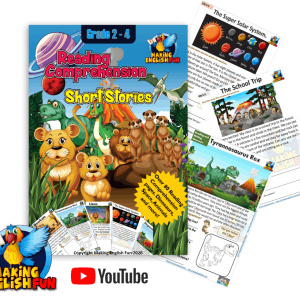

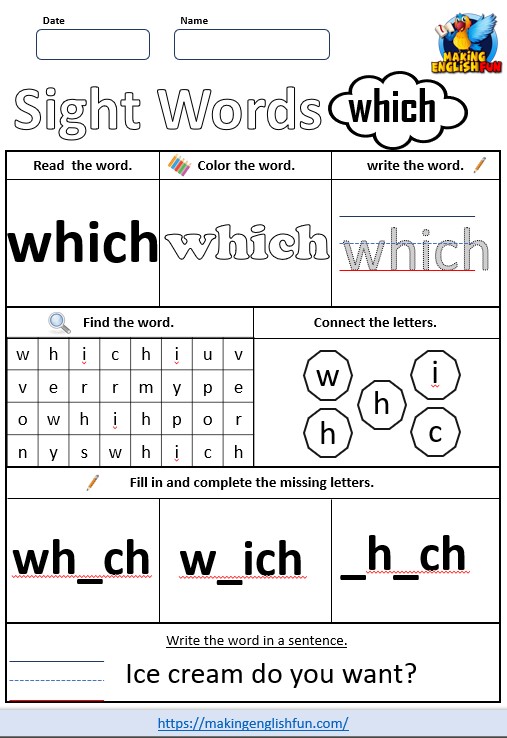
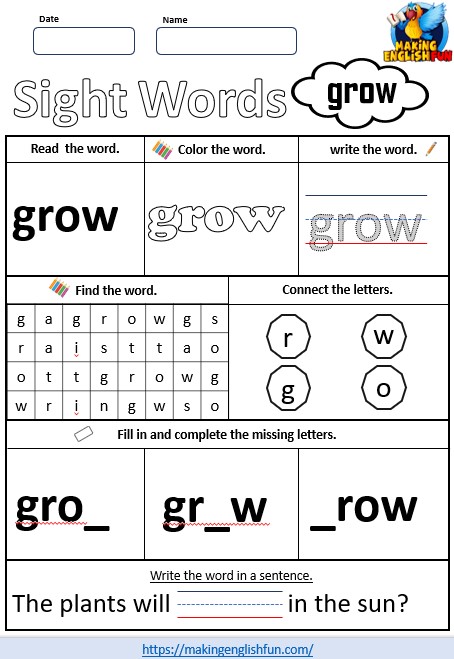
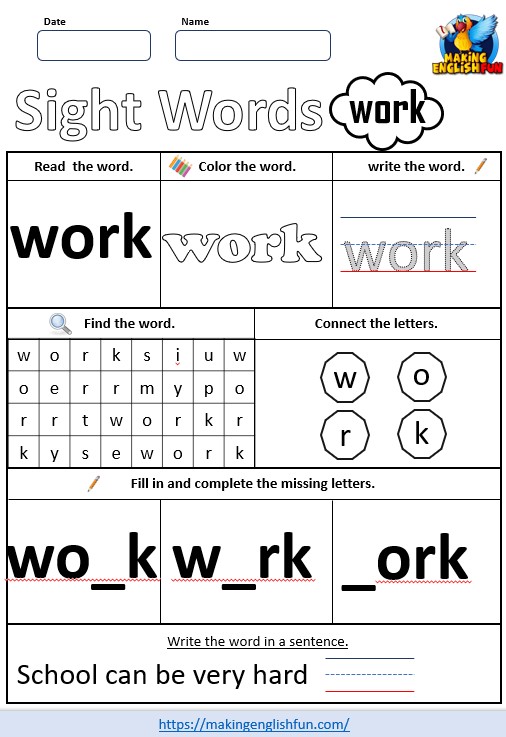
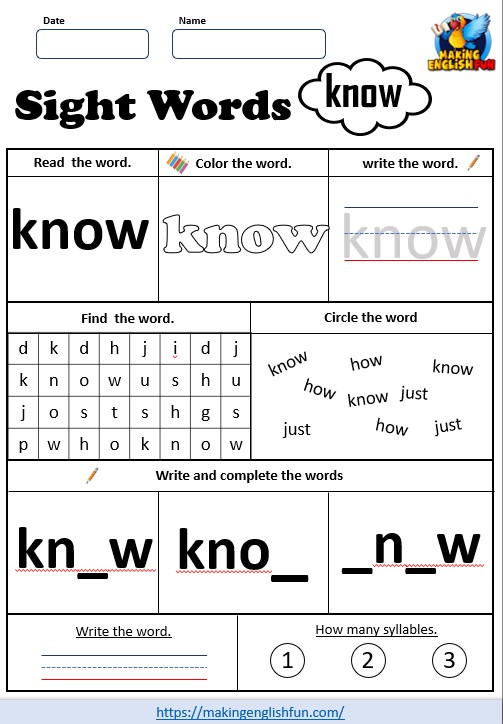
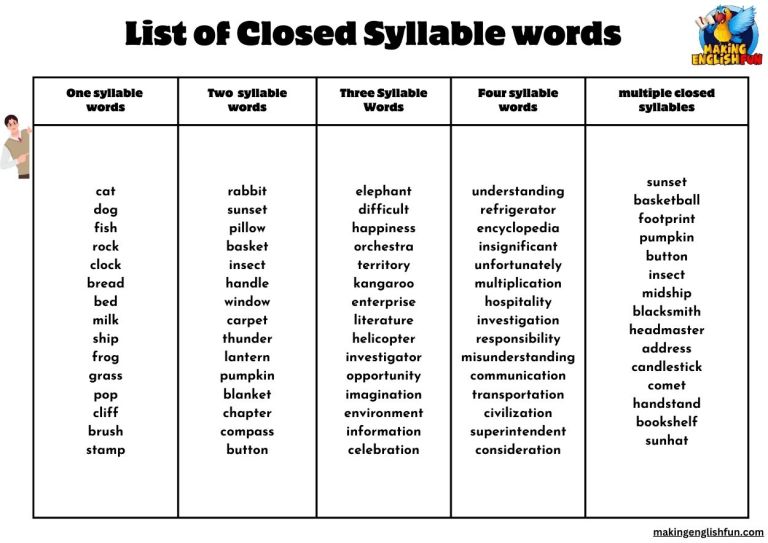

3 Comments